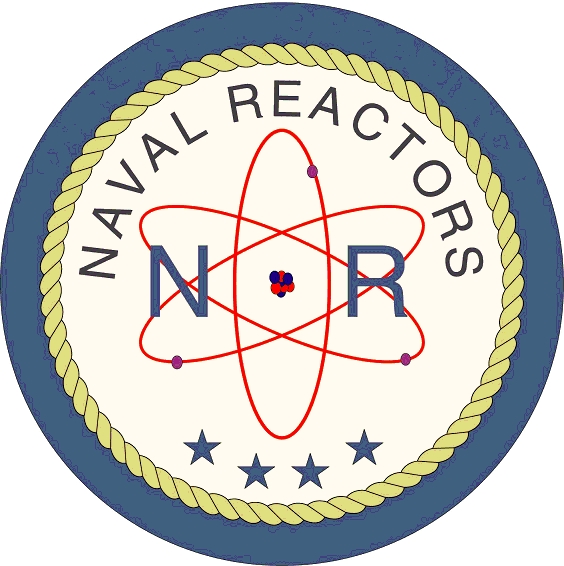Part 3 of 3 Parts (Please read Parts 1 and 2 first)
The Navy has been transporting spent nuclear fuel by rail for six decades. The safety requirements for shipping radioactive waste cross-country are so strict and the waste containers are so massive, that trains are the only practical option. The Navy’s M-290 Spent Fuel Shipping Container encases its load in ten inches of solid stainless steel. Another model called the M-140 features fourteen inches of stainless steel and weighs up to three hundred and fifty thousand pounds when fully loaded.
These containers have to survive severe treatment according to the federal regulators.
NNPP briefing slides specify that these spent nuclear fuel containers must be able to withstand any combination of the following events:
• 30-foot drop onto an unyielding surface;
• 40-inch drop onto a 6-inch diameter vertical metal rod;
• Fully engulfing 1475 degree Fahrenheit fire for at least 30 minutes;
• Immersion in 50 feet of water.
Radioactive materials are a massive public health hazard as depicted in the HBO miniseries Chernobyl. The Navy spends a great deal of time and resources on exercises simulating radioactive shipment accidents. Mishap drills were conducted in eleven locations around the U.S. between 1996 and 2017. These exercises simulate a variety of disasters that could threaten the shipment or train. Extensive communications with local authorities and civilian emergency personnel are part of the exercises.
In a 2015 exercise, Naval officials simulated a spent nuclear fuel transport train colliding with a dump truck in Granger, Wyoming. The exercise included regional radiological surveys that confirmed radiation levels were normal. The train was ultimately cleared to continue to its destination.
The existence of an escort caboose packed with armed security personnel suggests preparations for a more serious scenario. Security experts have speculated about the possibility that a band of terrorists could steal spent nuclear fuel rods for use in the construction of a radioactive “dirty bomb”. This concern rose after the terrorist attacks in New York and Washington, D.C. on September 11 of 2001.
How realistic is this concern? In March of 2002, the Brookings Institution’s Gwyenth Cravens considered the risks of the terrorist scenario: “Could terrorists steal spent nuclear fuel? First, they would have to get past multiple impediments: guards, high double fences with concertina wire, floodlights, motion detectors, and cameras. Fuel rods are so radioactive that anyone coming within a few feet of them would become extremely ill and die within hours if not minutes. The more radioactive something is, the harder it is for someone to steal—and survive. Special equipment and thick lead shields are required for handling and spent fuel for transport must be placed in casks weighing about 90 tons that have been stringently tested (burned with jet fuel, dropped from great heights onto steel spikes, and otherwise assaulted) and have remained impervious.”
In spite of skepticism about the possibility of terrorist theft of spent nuclear fuel, federal regulations require these aggressive and redundant security measures, an acknowledgment that any unchecked mishap or unanticipated scenario would be a serious disaster.
How much spent nuclear fuel does the Navy ship around the U.S.? As of 2017, eight hundred and fifty containers of nuclear waste had been sent from shipyards to the Idaho holding facility since shipping began in March of 1957. Smith said, “The Navy ships on average about 10 containers per year of spent naval nuclear fuel, depending on the ship inactivation and refueling schedule. Containers are typically shipped together and each train could include between 1 and 6 containers.”
